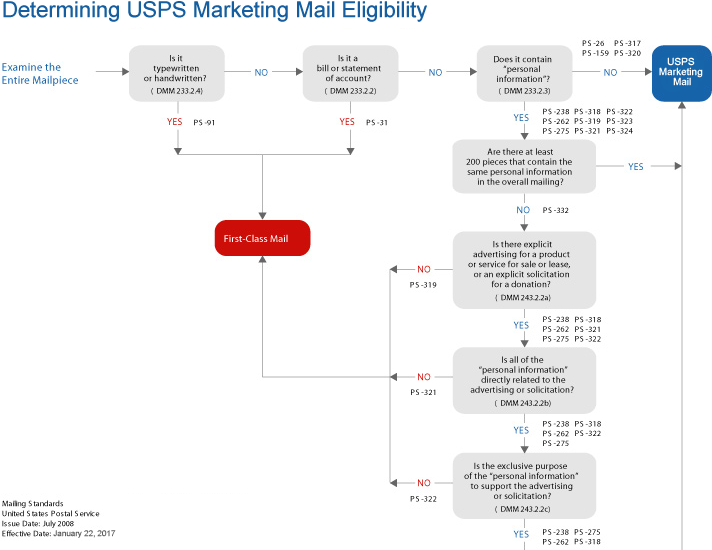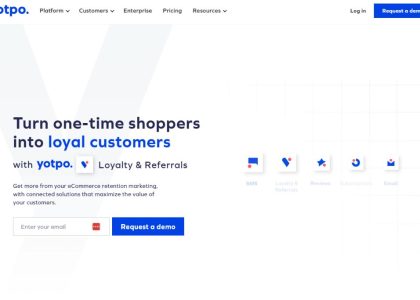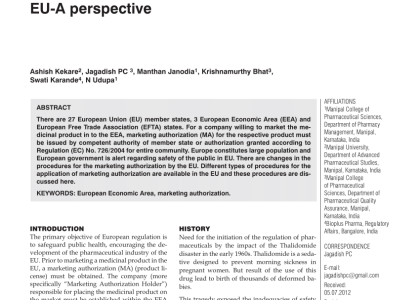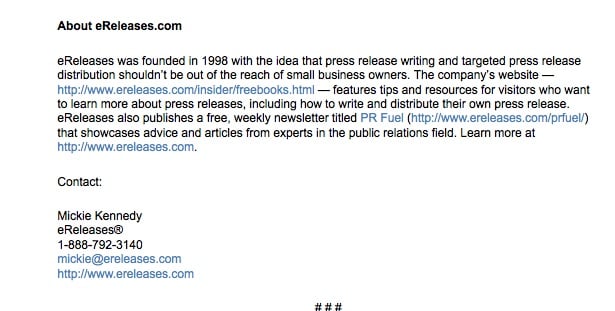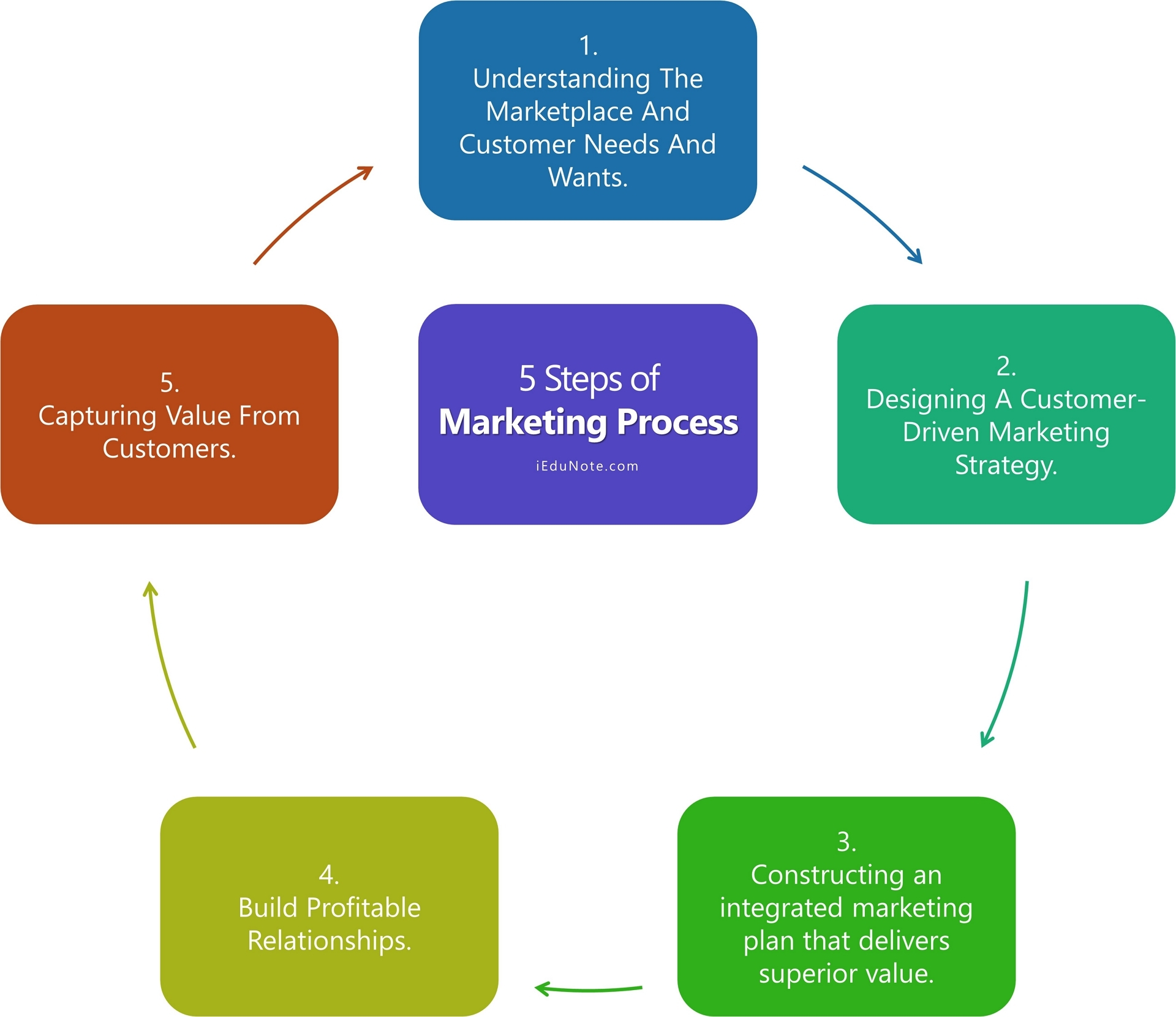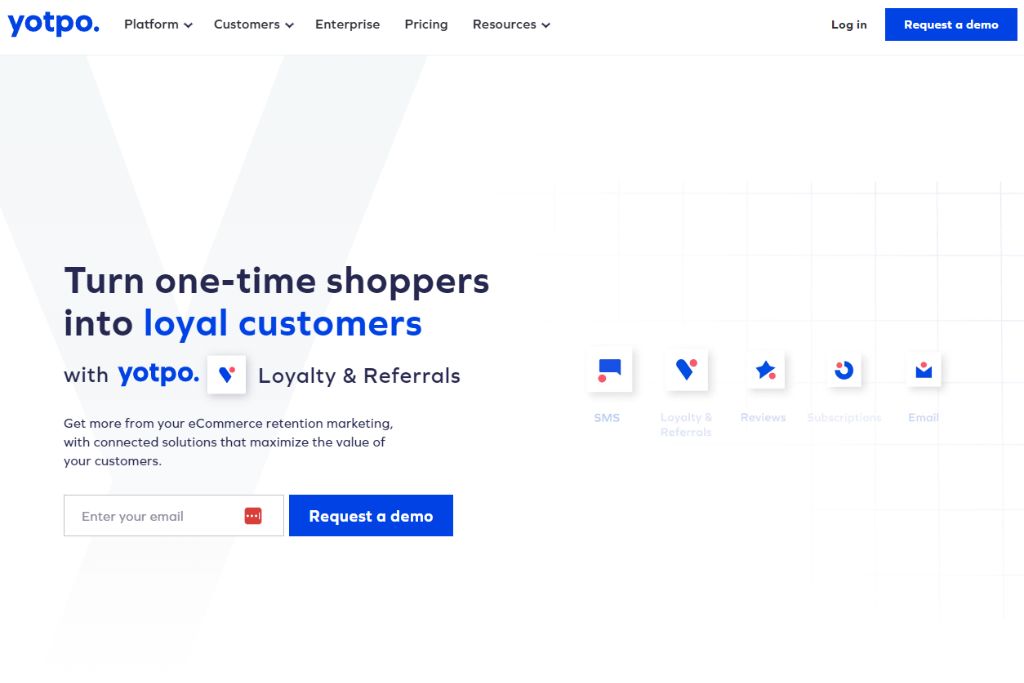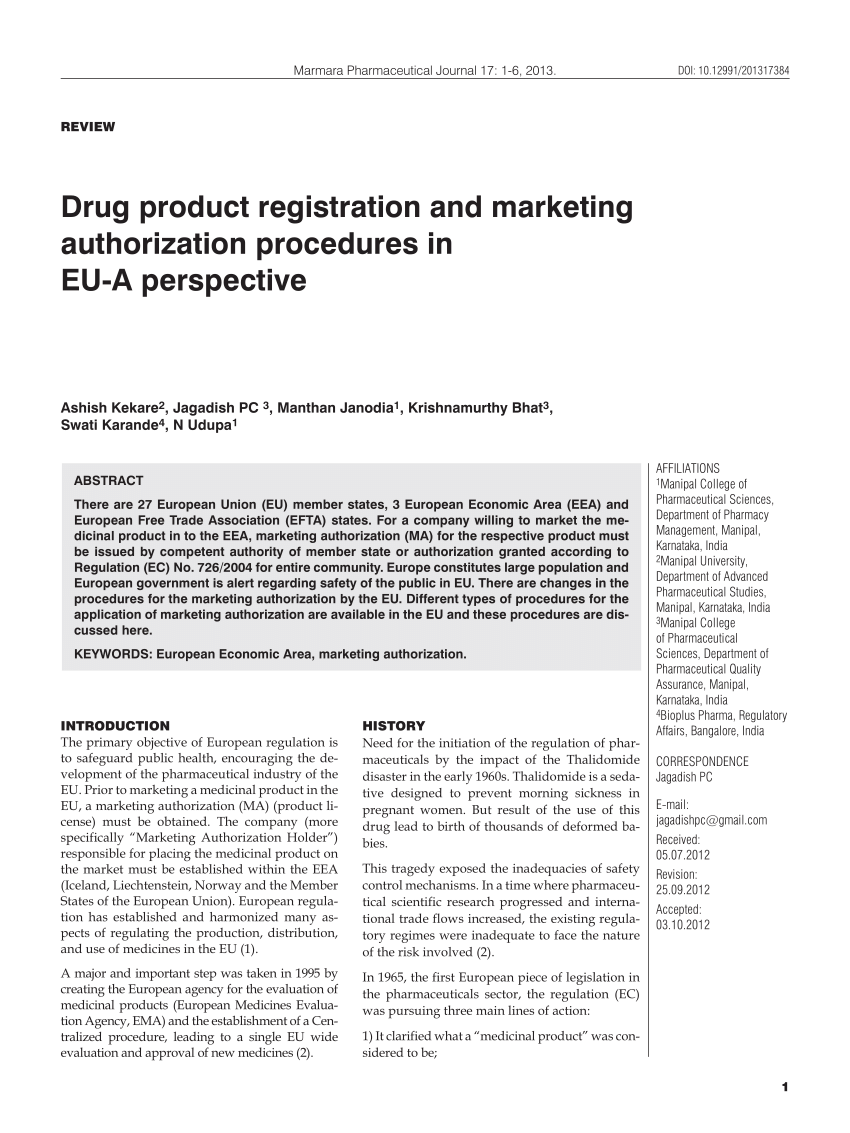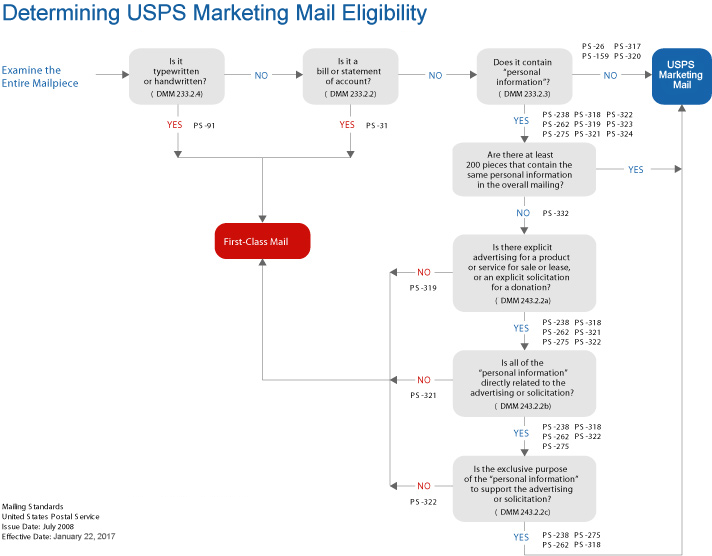Marketing strategies have undergone a drastic evolution over the last decade. Nevertheless, amongst all the budding digital methods, one traditional advertising approach that has managed to retain its effectiveness is direct mail marketing. This article aims to impart a profound comprehension of USPS Marketing Mail – a crucial aspect within the context of postal advertising.
Serving as an influential tool in any marketer’s arsenal, USPS Marketing Mail offers an exemplary way of reaching out to potential customers. By providing the ability to target audiences systematically and personally, it facilitates the establishment of a solid connection with recipients, thereby driving consumer action and leading to profitable customer responses.
However, leveraging USPS Marketing Mail’s full potential requires not just understanding its operational basics, but also the nuances that govern its optimal utilization. Therefore, this informative guide will shed detailed light on everything that needs to be known about USPS Marketing Mail, from its key features and benefits to the insights on how to optimize it for better marketing outcomes.
In the forthcoming sections, we will present an expansive exploration of USPS Marketing Mail, helping you leverage this potent marketing medium for achieving your business communication goals. Let’s delve into this world of targeted and personalized postal marketing, and unravel its anticipated potential that could drive your business towards unprecedented heights.
Comprehending the Concept of Advertising via USPS
The United States Postal Service’s advertising platform, also referred to as USPS Marketing Mail, is a service that businesses can use to distribute promotional and marketing materials to a wide range of clients. It’s an effective tool for sending bulk materials to spread the word about products, services, or cause-related messages.
What Constitutes USPS Marketing Mail?
It’s important to understand what USPS classes as marketing mail. This generally includes items such as newsletters, catalogues, brochures, and promotional offers. It’s an efficient and cost-effective way for businesses to reach their current customers as well as potential ones in a targeted and precise manner.
The USPS marketing mail service is an excellent platform that empowers organizations and businesses to build client rapport, share important updates, and bolster their brand presence in the market. The service seeks to provide lower postal rates for users, thereby serving as an affordable alternative for most businesses’ promotional material distribution.
Different Types of USPS Marketing Mail Services
This postal service classifies its marketing mail services into different types based on size, weight, and shape. These types are:
- Letters and postcards
- Flats (large envelopes)
- Parcels
United States Postal Service marketing mail is indeed a beneficial channel for businesses intending to increase their market reach and brand awareness. Its wide delivery network and affordable rates make it an appealing option for businesses of all sizes.
The Crucial Role of Direct Marketing Through USPS for Companies
The potential that USPS-driven advertising brings to the table for businesses is highly significant. In the age of digital marketing, this traditional form of direct mail marketing holds a unique and valuable position that cannot be overlooked.
One of the chief benefits of postal service guided business promotions is, undoubtedly, its high level of personal touch. Unlike the vast majority of digital advertisements that get lost in the noise of daily online experiences, physical marketing mail gives the recipient a tangible item that ensures interaction and engagement. This inevitably increases the chances of response.
Postal marketing deliveries can be extensively personalized to suit the particular target audience. With USPS, a business not only has the opportunity to tailor its marketing materials to specific client needs, it can also ensure those materials are delivered right to the customer’s hands. This method of reaching customers is not only impressive but also helps build a rich and meaningful customer relationship.
The direct marketing approach offered by the USPS stands tall for its cost-effectiveness, making it a suitable option for businesses of all sizes. Bulk mailing rates allow companies to send hundreds or even thousands of marketing pieces at an affordable rate.
Advantages of USPS Promotional Mails
- Deliverables are physical, thus ensuring interaction with customers.
- USPS mails can be highly personalized, catering to specific customer needs.
- The service is cost-effective, especially in terms of bulk mailing.
- High potential to build long term customer relationships.
In conclusion, both in terms of cost-effectiveness and customer engagement, the role postal service ads play in promoting businesses is substantial. Therefore, integrating USPS into your marketing plan can lead to meaningful connections with your target audience and substantial growth for your company.
How Much Does USPS Marketing Mail Cost?
The expense framework for USPS marketing mail, more commonly known as “direct mail”, can seem complex, with multiple factors contributing to the overall cost. Understanding these factors is crucial for any business looking to utilize this service to its full potential.
First and foremost, postage rates for marketing mail are predominantly influenced by mail’s physical attributes, like weight, size and shape. Heavier and larger items usually require more postage. There’s also the aspect of the mail’s preparation, like presorting or automation-compatible preparation, that also affects the cost.
The Basics of USPS Marketing Mail Costs
There are two primary categories for USPS Marketing Mail – Regular and Nonprofit. The former is typically used by businesses and organizations for promotional or advertising activities, while nonprofit rates offer reduced postage costs for eligible organizations.
Within these categories, the USPS provides several product options to choose from: letters, flats/large envelopes, parcels, etc. Each product type comes with its own set of fees, which are determined by factors such as piece weight and mail preparation.
Here are the key factors determining the price of a marketing mail:
- Weight of Each Piece: If a piece weighs less than 3.5 ounces, it falls under the USPS Marketing Mail’s “letter” category. If it’s heavier, it goes into the “flats” category, which has different, typically higher, postage fees.
- Quantity and Density: The total volume of mail and the number of pieces being delivered to the same ZIP code, or “destination”, also influence the price. The more concentrated the delivery area, the lower the postage fees.
- Preparation Requirements: If the mailpieces are machinable (able to be sorted with automated equipment), they have lower postage rates than those that aren’t. Hence, choosing machinable mail formats and ensuring your mail meets USPS’s machinability standards can help businesses save on postage costs.
To conclude, leveraging USPS Marketing Mail requires a good grasp of its cost parameters. By wisely choosing the right service, sorting the mail properly, and optimizing the size and weight of the mailpiece, businesses can significantly save on their entire mailing campaign expenses.
Exploring Different Varieties of Marketing through USPS
Various kinds of marketing materials can be sent through the United States Postal Service’s (USPS), providing a plethora of opportunities for marketers to reach their target.Diving deeper into the classification of Postal Service’s advertising mail:
The Diversity of USPS Advertising Mail
1. Standard Mail: This is the most common type used by marketers who want to send printed matter, flyers, circulars, advertising, newsletters, bulletins, catalogs, or small parcels.
2. Every Door Direct Mail (EDDM): This service by USPS allows businesses to reach every home, get maximum market penetration without need for a mailing list. It’s an excellent choice for local businesses targeting a geographical area.
3. Presorted First-Class Mail: Although it is more expensive than standard mail, the advantage is that it is delivered more swiftly. This method is typically used for time-sensitive marketing materials.
4. Media Mail: This type is specifically designed for the delivery of books, printed music, test materials, video and sound recordings, play scripts, and other specified items.
Every kind has its own specifications and suitability according to different business requirements and marketing strategies, Choosing the right one holds a significant importance for effective marketing.
- Standard Mail is ideal for businesses targeting a broad audience with non-time-sensitive materials.
- EDDM is particularly beneficial for local businesses or organizations hosting events or specials.
- Businesses seeking faster delivery would find Presorted First-Class Mail advantageous.
- Media Mail is an optimum choice for educational institutions and businesses in the media industry.
Thus, having an in-depth understanding of each type can enable businesses to make an informed decision and enhance the effectiveness of their marketing efforts. Each type of mail delivery service offered by USPS presents varied potential for businesses, depending on their specific needs.
Steps for Sending Promotional Mail via USPS
Utilizing the United States Postal Service (USPS) for sending promotional materials can be an effective marketing strategy, especially when done correctly. Here are the key steps to guide you in preparing and dispatching marketing mail via USPS.
Step 1: Determine Your Mailing Strategy
Before sending out promotional materials, identify what type of marketing strategy would be best for your goals. For instance, you might consider sending direct mail to specific demographics or use saturation mailing if your aim is to reach as many potential customers as possible.
Step 2: Design Your Mail Piece
Next, you’ll need to create your marketing material. Ensure that your design adheres to the USPS guidelines to prevent any delivery issues. Among other things, significant aspects to consider include size, shape, and weight of your mail piece.
Step 3: Prepare Your Mailing List
Hiring a reputable broker to provide you with a focused mailing list can be beneficial. You could also compile your list, aiming at prospects who would likely be interested in your offer. Remember – precise targeting can significantly boost your campaign’s effectiveness.
Step 4: Sort And Bundle Your Mail
After designing and printing your marketing materials, you’ll need to sort and bundle them according to USPS standards. Sorting them by ZIP code or carrier route before taking them to USPS can quicken the delivery process.
Step 5: Submit Your Mail To USPS
Finally, you can take your bundled mail pieces to a local USPS branch. The USPS team will help you fill out the necessary paperwork and calculate your postage fees. Afterward, your mail will be on its way to your intended recipients.
Conclusion
In conclusion, using USPS to deliver your marketing mail can be a productive way to reach your customers. Adhering to these steps will ensure a smoother process and hopefully yield positive marketing results for your business.
Comprehending the Eligibility Criteria for USPS Promotional Mail
The United States Postal Service (USPS) has certain prerequisites that must be satisfied to utilize their Marketing Mail Service. Understanding these requirements is key to fully leverage this promotional tool.
Size and Weight Limitations
USPS has specific size and weight restrictions for marketing mail. The maximum weight for letters and cards is 3.5 ounces, while for large envelopes and parcels, it’s 15.994 ounces. Therefore, marketers must carefully consider the design and content of their promotional material to ensure it adheres to these specifications.
Content Requirements
The content of the marketing mail must be drafted for a generalized audience. This means the mail cannot be personalized or contain information specifically catered to the recipient. Instead, it should have a generic message, advertising a product, service, or event.
Quantity Restrictions
To qualify for the Marketing Mail rates, the USPS requires minimums for the quantity of mail to be sent. The business or individual must be ready to send at least 200 pieces (or 50 pounds of mail) for each mailing.
Preparing and Sorting Mail
USPS mandates that marketing mail must be sorted and prepared according to specific guidelines. Businesses must therefore ensure the mail is sorted by the zip code and properly bundled. A failure to abide by these guidelines could result in additional delivery charges.
In conclusion, understanding the eligibility requirements for USPS promotional mail is important for businesses seeking to leverage this tool. It ensures the mail is delivered promptly and cost-effectively, thereby enhancing the overall effectiveness of marketing campaigns.
Key Considerations for Dimension and Weight while Utilizing USPS Marketing Mail Service
The United States Postal Service (USPS) offers a dynamic platform, Marketing Mail, for businesses to send promotions and advertisements. However, it’s essential to familiarize yourself with the specific size and weight requirements that USPS has in place to successfully utilize this service. Broadly speaking, these standards are designed to help your marketing mail efficiently and effectively move through the postal system.
Detailed Guidelines for Marketing Mail Specifications
To ensure acceptable specifications, USPS has implemented multiple standards. One focused on the dimensions of your mail and another on the weight limit.
- Dimensional Guidelines: The USPS has clearly defined regulations on the permissible dimensions for your marketing mailer. Your mail piece must be rectangular and should stay within the following restrictions: a minimum length of 5 inches and a maximum length of 15 inches; a minimum height of 3.5 inches and a maximum height of 12 inches; and it can’t be thicker than 0.75 inches.
- Weight Restrictions: Additionally, USPS applies limitations to how much your marketing mail can weigh. In most cases, the maximum allowable weight is 16 ounces (1 pound). However, this limit may differ if you choose to use particular services such as every door direct mail (EDDM).
Adhering to these USPS guidelines will prevent your mail from becoming undeliverable. Note that the USPS may reject any marketing mail that doesn’t abide by these directives or may require additional postage.
Lastly, it’s crucial to remember that while these specifications are the base requirements for Marketing Mail, variations may exist according to the specific USPS service you employ. Therefore, always consult the USPS postal explorer or your local post office for the most accurate information.
Why is USPS Marketing Mail a Good Choice for Businesses?
USPS Marketing Mail, a service of the United States Post Office, presents multiple benefits for businesses who choose to incorporate it into their marketing strategies. This mailing service is not only cost-effective, but it also provides reach to larger audiences, even when they happen to be geographically widespread.
Cost-Effectiveness
One of the major advantages of utilizing USPS Marketing Mail is its affordability. The cost of this service is considerably less in comparison to other advertising methods. This ensures that small and medium businesses can also leverage this service to reach potential customers without breaking their budget.
Delivers to Larger Audiences
USPS Marketing Mail service isn’t restricted by geographical boundaries, which implies businesses can send marketing materials to wider audiences. This method is particularly useful for businesses looking to widen their customer base at a national or even international scale.
- Ease of Tracking: The United States Post Office also provides features that allow businesses to track their marketing mail, helping them to monitor their marketing campaigns closely.
- Focused Targeting: Additionally, companies can also utilize this service for focused demographic targeting. They can direct their marketing materials towards specific age groups, homeowners, renters or even towards specific income levels.
The proper usage of USPS Marketing Mail service can be an impactful tool in any business’s marketing arsenal. Its affordability, larger reach, tracking abilities, and targeted marketing potential make it a lucrative choice for businesses looking to engage with a wider customer base.
Guidelines and Successful Strategies for Effective Usage of USPS Marketing Mail
USPS Marketing Mail is a powerful tool that enables businesses to reach a broad audience at an affordable cost. However, to maximize its benefits, it is important to follow certain guidelines and employ effective strategies.
1. Properly Segment Your Audience
One of the steps to a successful USPS marketing mail campaign is to correctly segment your audience. It is crucial to do extensive research and understand who your customers are. This way, you will be able to send the right content to the right people, increasing your chances of conversion.
2. Create a Compelling Offer
A great offer is key for your marketing mail to grab attention and raise interest. Ensure your offer is tempting, actionable, and communicates value to your customer. This could range from discounts, exclusive deals, gifts, or a compelling reason why they should try your product or service.
3. Design an Eye-Catching Mailer
The design of your mail piece plays a crucial role in attracting your audience’s attention. Engaging visuals, clear and concise text, and a compelling call to action are key elements to include. Make sure the design is consistent with your brand and communicates your message effectively.
4. Make Use of Automation
USPS offers mail automation services that can save your business time and effort. These services include presorting and drop shipping, which help reduce postage costs and speed up delivery times, making your campaign more cost-efficient and effective.
5. Measure Your Results
Tracking and analyzing the outcome of your direct mail campaign is essential to understand its effectiveness. It provides insights into which aspects worked and which need improvement. USPS offers several tools to help measure results such as the Intelligent Mail Barcode and Informed Delivery service.
By following these guidelines and best practices, businesses can use USPS Marketing Mail effectively to reach their audience, improve customer engagement, and drive sales.
Comparing USPS Marketing Mail with Other Postal Services
When comparing the United States Postal Service’s Marketing Mail service with other postal service providers, several key differences and similarities can be observed. USPS Marketing Mail is specifically designed to help businesses reach out to their target market, while other services may not offer such tailored solutions.
USPS Marketing Mail fundamentally focuses on facilitating businesses to directly market their products or services to potential customers via mail. This is a cost-effective method as USPS offers bulk mailing rates which can help businesses reduce their marketing costs. Plus, USPS Marketing Mail allows businesses to send large, flat-sized mail, like catalogs or circulars, at a relatively cost-effective rate.
On the contrary, other postal services typically focus on the basic delivery of mail, packages and other related services. They might not offer specialized services for businesses looking to conduct marketing campaigns via direct mail. Although they may have business solutions, these might not be as comprehensive or focused on marketing as what USPS offers.
- Targeting: With USPS Marketing Mail, businesses can target specific demographics and localities, making this a great tactic for area-specific promotions or campaigns. Other postal services might not provide such detailed targeting capabilities.
- Customization: USPS offers customizable services in terms of size, weight, and shape of the mail pieces for marketing mail. You may not find such flexibilities with other postal services.
- Pricing: USPS Marketing Mail is known to be relatively cost-effective, especially considering the volume-based discounts, making it a preferred choice for businesses with large-scale marketing campaigns.
In conclusion, businesses looking to reach out to potential customers through direct mail may find more value in USPS Marketing Mail compared to other postal services. USPS provides a more tailored, cost-effective solution with the capability of targeting specific demographics and localities. However, the ultimate decision depends on the specific requirements and budget of the business.
An Insight into the Importance of Postal Rules in United States Postal Service’s Promotional Correspondence
Postal protocols play an integral part in the operation of marketing mails within the United States Postal Service (USPS). These rules ensure the efficient and effective distribution of promotional correspondence, safeguarding both the mailer and the recipient.
The USPS has set forth specific guidelines for marketing mail, previously known as Standard Mail. These directives establish specifications for size, weight and mailing quantity. The key objective of these guidelines is to ensure mail preparedness that fits in with USPS’s operational capabilities. To shed more light on the influence of these regulations, a detailed observation is presented below.
Size and Weight Regulations
For USPS’s streamlined operations, marketing mail must meet certain dimensional and weight limitations. For bulk marketing mails, mail must be rectangular and dimensions should not exceed 12 inches in height, 15 inches in length and ¾ inch thickness.Moreover, each piece must weigh less than 16 ounces.
These restrictions are applicable to align marketing mails appropriately within the USPS’s operational and passage capabilities.
Marketing Mail Quantity Regulations
In an effort to enhance loading, off-loading and sorting efficiency, USPS has a minimum requirement in terms of mail quantity for marketing mails. The mailers are required to send at least 200 pieces or 50 pounds of mail with each mailing. This results in more productive mail handling and delivery.
Importance of Adhering to Postal Regulations
Abiding by these set regulations can affect the marketer’s bottom line, as not sticking to these rules can lead to a higher postage price. Besides cost implications, these rules also safeguards the efficiency of USPS’s operations. The real impact however, is on the frequency and reliability of marketing mails, in reaching the target audience. Deviating from these rules might result in inconsistent delivery of marketing mails and can significantly impact the marketing campaign’s effectiveness.
In summary, the USPS marketing mail postal regulations not only streamline USPS internal operations but also ensure smooth deliverability, enhancing overall marketing efforts. Therefore, careful consideration and adherence to USPS protocols while planning and executing marketing mail campaigns is crucial.
What the Future Holds for Direct Mail Promotion through USPS: Emerging Patterns and Forecasts
As we look to the future, direct mail advertising through the United States Postal Service (USPS) is predicted to undergo significant transformations. Emerging trends and forecasts suggest a tech-savvy, personalized, and environmentally-friendly era of direct mail promotions.
Integrating Digital Technology
The future of USPS promotional mail appears increasingly intertwined with digital technology. Innovations like Augmented Reality (AR), Virtual Reality (VR), and Quick Response (QR) codes are expected to further blur the boundaries between physical and digital marketing. For instance, mail recipients could scan an AR symbol on a physical mail piece with their smartphones, launching an immersive digital experience or a personalized video message from the brand.
Emphasizing Personalization
Consumers are progressively seeking customized experiences that cater to their specific needs and preferences. Consequently, USPS’s direct mail services are predicted to focus more on high-level personalization to enhance customer engagement. This could involve using data insights to create tailored marketing messages, custom offers, or even unique product recommendations. The aim will be to foster a more intimate connection between businesses and their customers.
Acknowledging Green Initiatives
With growing consciousness around sustainability, USPS’s marketing mail services are likely to prioritize eco-friendly initiatives. This could manifest as the increased use of recycled materials in mail pieces, or the adoption of energy-efficient production processes. As businesses strive to showcase their commitment to the environment, green direct mail marketing will likely gain prominence.
- Flexible Delivery Options: Future direct mail promotions might allow customers more flexibility in the way they receive physical mail, such as selective delivery or digitized mail previews.
- Integration with Online Tracking: There could also be an integration of online tracking systems within USPS’s mail service, allowing businesses to track the delivery status of their promotional mail pieces in real-time.
- Inclusion of Interactive Elements: We could also see more interactive elements in promotional pieces, such as scratch-offs or pull-tabs, aimed at increasing the interactivity and memorability of the advertisement.
In conclusion, these forecasts suggest a promising and evolving future for USPS’s marketing mail and its application by businesses. By blending traditional methods with innovative technology and personalized experiences, direct mail is poised to morph into a highly effective marketing tool.
FAQ: What is usps marketing mail
What is the primary difference between First Class Mail and USPS Marketing Mail?
First Class Mail is typically used for sending personal correspondence, business mail, or bills, offering faster delivery. USPS Marketing Mail, formerly known as Standard Mail, is used for bulk mailing like advertising and promotional materials and is more cost-effective for large quantities but with longer delivery times.
Can Periodicals be sent as USPS Marketing Mail?
Periodicals, like magazines and newspapers, have their own specific USPS mail class due to their regular frequency. They cannot be sent as USPS Marketing Mail but can be mailed at special Periodical rates, provided they meet USPS requirements.
What is required for a mail piece to be considered eligible for USPS Marketing Mail?
For a mail piece to be eligible for USPS Marketing Mail, it generally must meet a minimum quantity of 200 pieces or 50 pounds per mailing. It should be for advertising or promotional material, and the mailer must have a mail permit and pay an annual mailing fee.
Are there different prices for Nonprofit USPS Marketing Mail compared to regular USPS Marketing Mail?
Yes, Nonprofit USPS Marketing Mail offers discounted prices compared to regular USPS Marketing Mail. Eligible nonprofit organizations can qualify for these special rates but must apply for authorization and meet specific USPS criteria.
What are USPS Marketing Mail Parcels?
USPS Marketing Mail Parcels are a type of marketing material that can include product samples, CDs, books, or other promotional items. They are part of the USPS Marketing Mail class but have different size, weight, and price regulations.
What is a Mail Permit and how is it used in commercial mailing?
A Mail Permit is an authorization from USPS that allows a business to send mail at specific bulk mail rates. It requires an application and an annual fee. A Permit Imprint, which is printed on the mail piece, shows postage payment and is linked to the mail permit.
How does an Ancillary Service Endorsement affect USPS Marketing Mail?
An Ancillary Service Endorsement instructs USPS on how to handle USPS Marketing Mail if it is undeliverable. Options include ‘Address Service Requested’ for forwarding or returning the mail, with applicable fees charged to the sender.
What extra services are available for USPS Marketing Mail parcels?
Extra services for USPS Marketing Mail parcels include USPS Tracking, Signature Confirmation, and insurance. These services provide additional security and tracking for parcels but come with additional costs.
What is the Business Mail Entry Unit, and how does it relate to USPS Marketing Mail?
The Business Mail Entry Unit (BMEU) is a postal facility where businesses submit their bulk mailings, including USPS Marketing Mail. The BMEU staff checks that mailings comply with postal regulations and standards before accepting them for mailing.
How can businesses qualify for reduced USPS Marketing Mail postage rates?
Businesses can qualify for reduced USPS Marketing Mail postage rates by preparing and sorting their mail according to USPS guidelines, which often include sorting by ZIP code and bundling. Complying with these preparation standards makes the mail process more efficient for USPS, leading to lower rates.
What items are required to be mailed as single-piece First-Class Mail?
Items like personal letters, bills, and important documents are typically required to be mailed as single-piece First-Class Mail due to their urgency and need for faster delivery. First-Class Mail is ideal for sending items that weigh up to 13 ounces.
How do USPS Marketing Mail prices compare to other classes of mail?
USPS Marketing Mail prices are generally lower than First-Class Mail, especially for bulk mailings. This is because Marketing Mail is optimized for large quantities of mail, such as advertising flyers and catalogs, and has a longer delivery time.
What are marketing parcels, and how are they shipped with USPS?
Marketing parcels are packages containing promotional or advertising materials. They can be shipped using USPS Marketing Mail, which is cost-effective for bulk shipments but has longer delivery times compared to Priority Mail.
What determines the class of mail for a postal item?
The class of mail for a postal item is determined by factors like the item’s weight, size, destination, delivery speed requirements, and the nature of the content (e.g., personal correspondence, commercial advertisement, periodicals).
How does mail matter qualify to be sent as USPS Marketing Mail?
Mail matter qualifies to be sent as USPS Marketing Mail if it meets specific criteria like being part of a bulk mailing (minimum of 200 pieces), primarily containing advertising or promotional content, and adhering to size and weight restrictions.
What are the requirements for mailing items as USPS Marketing Mail, formerly known as Standard Mail?
To mail items as USPS Marketing Mail, the sender must have a bulk mailing permit, meet the minimum quantity requirement (usually 200 pieces or 50 pounds of mail), and ensure the mail consists mainly of promotional or advertising content.
How can one qualify for reduced USPS Marketing Mail prices?
To qualify for reduced USPS Marketing Mail prices, mailers must sort and prepare their mail according to USPS guidelines, including presorting by ZIP code. Nonprofit organizations can also qualify for special lower rates.
What types of mail matter are typically mailed as First-Class Mail?
Items typically mailed as First-Class Mail include personal and business letters, bills, postcards, and small packages. This class of mail is preferred for its speed, security, and the option to be forwarded or returned if undeliverable.
Can marketing mail pieces be mailed as First-Class Mail?
Marketing mail pieces can be mailed as First-Class Mail if the sender chooses, especially if quicker delivery is desired. However, it is more cost-effective to send them as USPS Marketing Mail when sending in bulk.
What are the benefits of mailing at reduced postage under USPS Marketing Mail?
Mailing at reduced postage under USPS Marketing Mail offers significant cost savings for large-scale mailings like advertising campaigns, making it a budget-friendly option for businesses and organizations to reach a wide audience.

